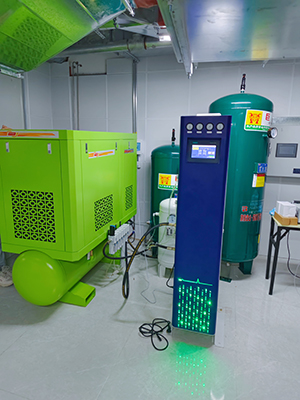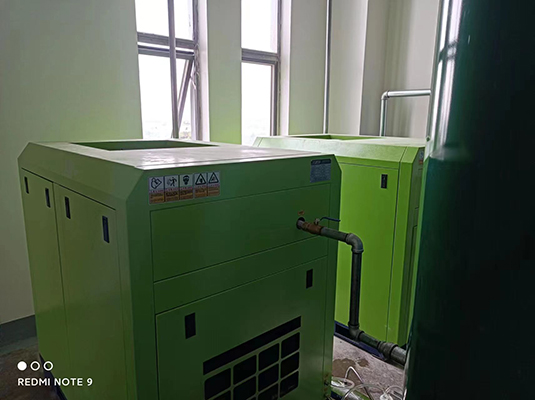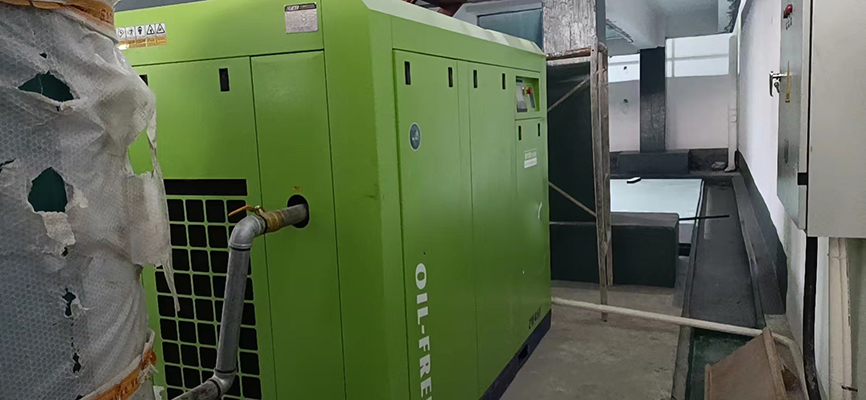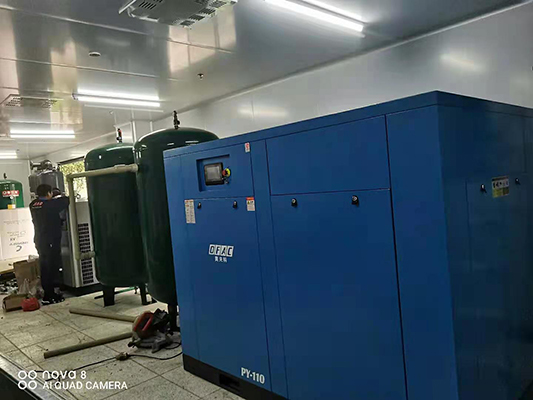low pressure air compressor portable models for on site maintenance and emergency use
News 2025-10-24
Low pressure air compressor portable models are vital in modern industrial operations, offering a compact and efficient solution for generating compressed air directly at job sites. These units are designed for tasks where high mobility is essential, such as routine maintenance and unexpected emergencies. By delivering air at reduced pressures, they minimize energy consumption while ensuring safety and reliability. In industries like manufacturing and construction, these compressors play a key role in supporting workflows, reducing downtime, and enhancing overall productivity through their ability to handle diverse applications with ease.

Key Applications in Field Operations
Low pressure portable air compressors excel in on-site scenarios where traditional fixed systems are impractical. For instance, in construction sites, they power pneumatic tools for fastening and drilling without the need for extensive setup. In automotive repair, these models facilitate tire inflation, brake system bleeding, and other maintenance tasks. During emergencies, such as power outages or remote fieldwork, their quick deployment ensures continuous operation, making them indispensable for sectors like oil and gas or emergency services. This adaptability not only boosts efficiency but also addresses the dynamic demands of industrial environments, where immediate access to compressed air can prevent costly delays.
Performance and Efficiency Advantages
Portable low pressure air compressors stand out due to their lightweight design and robust engineering, often weighing less than 30 kilograms for easy handling. They feature energy-efficient motors that reduce operational costs, with flow rates optimized for tasks requiring 100-150 PSI. Durability is enhanced through corrosion-resistant materials and quiet operation, minimizing noise pollution in sensitive areas. These attributes improve user safety and longevity, making them a smart choice for frequent use in harsh conditions. By integrating advanced controls, such models deliver consistent performance, supporting critical industrial processes like cleaning, painting, and material handling with minimal wear.
Frequently Asked Questions
1. What pressure range do these compressors typically handle?
They generally operate between 90 and 150 PSI, ideal for light-duty applications without excessive strain on components.
2. How do these models ensure portability during use?
Most include built-in handles, compact frames, and sometimes wheels, allowing easy transport across various job sites.
3. What are the main maintenance needs for longevity?
Regular checks of oil levels and air filters, along with periodic inspections, help maintain optimal performance and extend service life.


